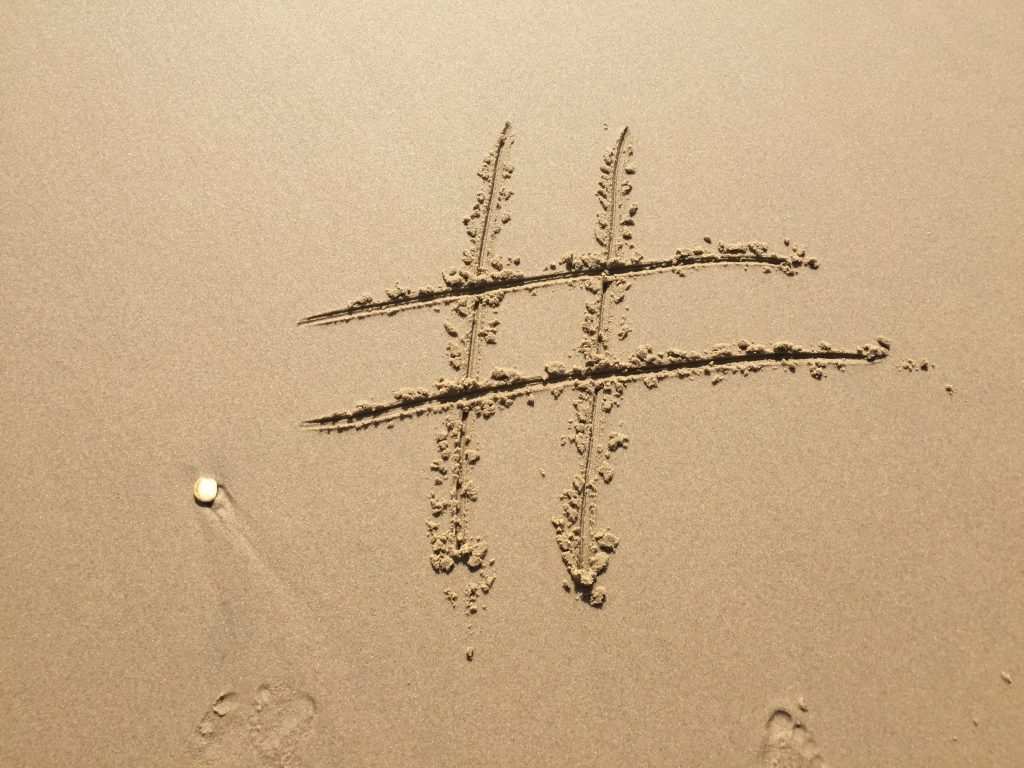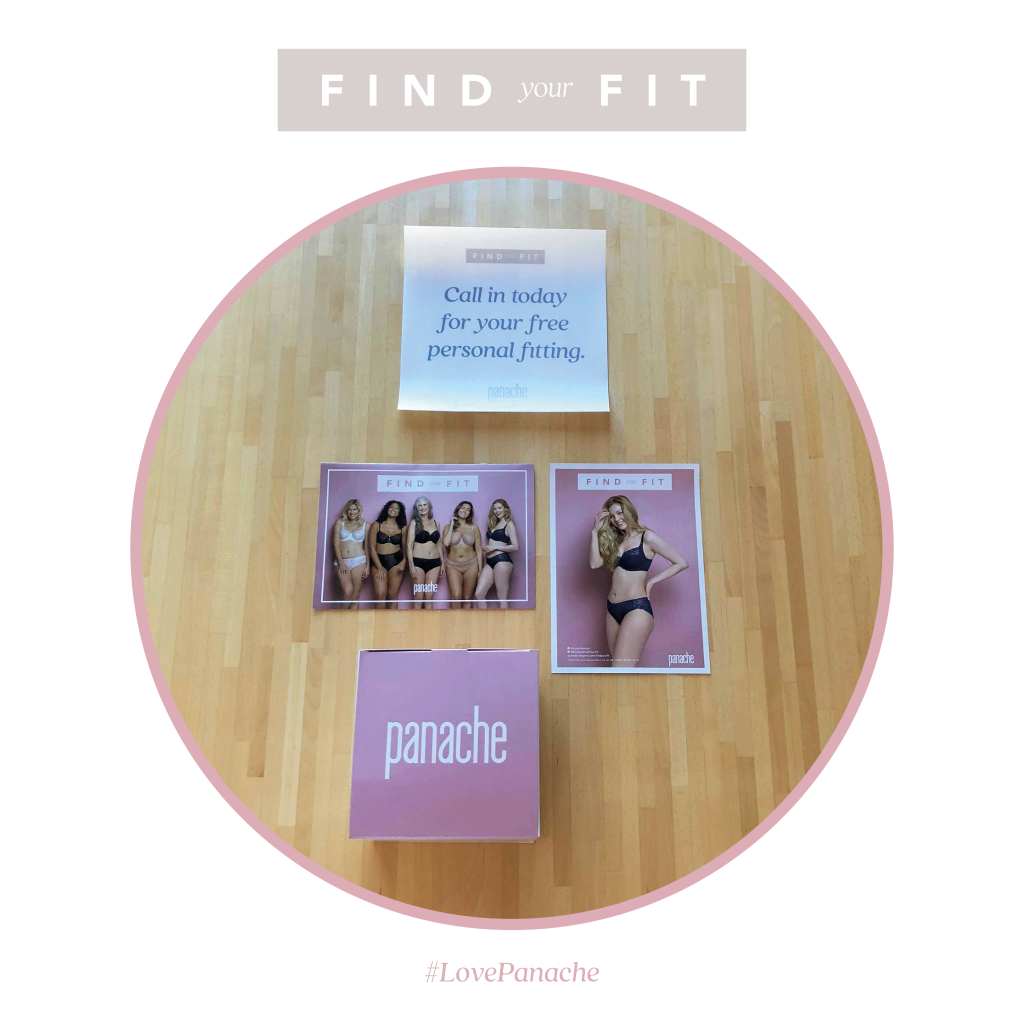It’s without any doubt that social media is a key modern business tool. There is an array of different social media platforms that can be utilised by businesses to: increase brand awareness, target a specific audience, learn more about your audience, gain an online presence and following, go global with your business, relate to your audience and collect useful analytics… these are significant benefits.

Hashtags have become a part of the ‘skin’ that makes social media work in an efficient way and drives some algorithms. With hashtags becoming such a theme and a part of the posting ‘ritual’, their role as part of algorithms is frequently overlooked, which often leads to people using them incorrectly and their true benefits aren’t experienced.
In addition, social media trends and algorithms are updated, so what might have once worked well, may not work once improvements/alterations are made. Often, people assume trends cover all platforms too, but this isn’t the case.
Luckily for you, we’ve put together a 2018 guide to hashtags. Here’s what we cover:
• What are hashtags?
• The benefits of hashtags
• General hashtag tips
• How hashtags work with:
• The number of hashtags to use per platform
• Types of hashtags

What are hashtags?
Hashtags consist of a # sign followed by a keyword/phrase. They are used on social media platforms to collate all posts containing that hashtag, making posts searchable and accounts discoverable. The content is presented in views usually based on the level of engagement/popularity or the most recently posted (other filters can be applied on some platforms).
This leads us on to the benefit of hashtags. Why use them?
Well, as mentioned above, using hashtags allows your posts and account to be discovered. This means that your post reach will go beyond just your followers and should therefore increase engagement. In addition, if you’re using the correct ‘niche specific’ hashtags, your following should increase too, as your audience will find you.
It is important though, to refrain from using highly popular hashtags and by that we mean ones that are refreshed with new content by the second. Although you’d think that ‘popular’ means they are the best ones to use, if they are fast-moving, your content won’t appear at the top of that hashtag feed for long and will soon get buried amongst the rest. Stick to ‘niche-specific’ tags that relate to your area of expertise, audience and/or ‘theme’ of your post. It is beneficial to check up on your competitors to see what tags they are using successfully. Some apps also exist to aid your hashtag choices, check out this blog post on some great hashtag apps, click here.
Here’s some general hashtag tips we’ve put together that you can apply to all social media platforms:
• Don’t hashtag everything word by word. Make sure your caption and hashtags aren’t merged into one. Hashtag only keywords that are relevant to your post, audience and/or area of expertise.
• Don’t cram lots of words into one hashtag #itwontworkanditputspeopleoff. Think how your target audience would think. If you were them, what would you be searching? You wouldn’t search a huge sentence, would you? No. So, make sure you are strategic in your hashtag choices based on what your audience is likely to be searching for.

Platform specific
Now you know what hashtags are and what the benefits are of using them, it’s time to get platform specific.
Hashtags per post:
You can use up to 30 hashtags on any one Instagram post. There are however conflicting studies that have been undertaken to reveal an answer as to how many of those we should use, to receive the most successful engagement. Many people claim that using too many hashtags looks ‘spammy’ and puts people off so they suggest around 5-6 hashtags is ideal. Then there are others that agree that too many hashtags put people off, but experience the benefits of using more, so they state that the best number of hashtags to use is around 11. To add to that, there are also marketers that tell you to maximise your use of hashtags and try to use the full 30! So, which is right?
Speaking truthfully, there is no right or wrong way, however what the combination of statistics, facts and opinions suggest is that you should put this to the test yourself and see what works best for YOU. Providing you use the right hashtags for your post(s), a larger number of hashtags used should equal more engagement. (Here’s a great study on how to use hashtags on Instagram that dives deeper into facts and figures, click here).
Caption vs. Comment:
To avoid the ‘spammy’ feel when making the most of 30 hashtags, people soon discovered an alternative to posting hashtags in captions. Adding hashtags as a comment instead, immediately after posting, works just the same but looks neater and less ‘spammy’. It’s important to do it straight after posting though as your post will only appear at the time it was uploaded; not at the time captions are updated or comments added.
But we’re not saying this is the new go-to. If you already use Instagram you’re probably in a routine of putting hashtags in captions, and there is a way to tidy it up from here. Make your tags hidden on feed/scrolling view, by adding 5 dashes, dots or asterisks each on their own line (between your caption wording and tags). Make sure you don’t put spaces after them, only a return. This way you will see […] on the feed/scrolling view and not the start of your hashtag list. The hashtags you have used will then only be seen if someone clicks onto your photo or the […] to read more. It’s worth noting that others just add in a long line of underscores to separate their caption wording and hashtags, but it’s down to what you would argue is ‘neater’.
As of the date of this blog post, hashtags aren’t important when it comes to Facebook. Hashtags were introduced to Facebook but they are not actively used enough for you to gain much engagement from it. The use of hashtags on Facebook will benefit you if your friends/followers get involved with it, rather than through Facebook users searching it. So, if you do use hashtags on Facebook it would be ideal to stick to 1 or 2 per post and either use campaign specific tags tailored to you/your brand or well-known ones that you know people are likely to recognise such as #throwbackthursday.

Well it’s where it all began so hashtags are definitely a ‘thumbs up’ for Twitter! Tweets with hashtags receive double the engagement. Research has shown that tweets with one or two hashtags will receive 21% higher engagement than those that use more, with a 17% decrease in engagement for tweets with over two hashtags. So, be sure to use them but limit it to one or two maximum per post. (Read more into the statistics here).
Unlike Instagram, it is ideal to hashtag keywords/phrases within your sentences, due to a limited amount of characters. Putting hashtags at the end of tweets seems a common theme too though. There are similarities on the other hand, as hashtags on Twitter also work to allow your content and account to be discovered by an audience beyond your followers. Therefore, you should be thinking strategically about your hashtag choices here too. With Twitter, it’s worth keeping up to date with trending hashtags to see what you can ‘take part in’. ‘Trends’ on Twitter change frequently, so it’s wise to get involved in trends relevant to your business while they’re trending. Consider International days and events too. Even if they aren’t relevant to your business, they will be relevant to the people within your business, so getting involved in these trends adds a personal and relatable, human touch to your online profile.
The use of hashtags on LinkedIn over the years has been intermittent. More people do seem to be using them on this platform now. However, similarly to Facebook, hashtags don’t play a key part in the algorithm so it is down to personal choice whether you use them or not. If you do, one or two hashtags is a good guide.

Adding hashtags to the end of your description is of use on Pinterest. Again, think of what people might be searching, to help you choose what tags to use. Pinterest recommend that you don’t add too many however, as this can affect your ranking. Be specific and descriptive with your hashtags that correctly label your pin, using no more than 20 hashtags per pin.

Types of hashtags
You’re almost a hashtag pro! All you need to know now is that there are different types of hashtags. But don’t worry, they’re pretty straight forward so you’ll be using them properly in no time!
• Content – Tags that relate to you/your brand e.g. products, service, area of expertise, interests etc. As a print management company, we could hashtag #mattelaminate on an image with a product that has that particular finish. See example below. 

• Trending – As mentioned earlier, trending hashtags on Twitter are great to get involved in to boost your brand’s visibility and engagement. A trending hashtag is one that is being tweeted a lot and is popular in that present moment.
• Brand specific – You can create your own tag that is specific to your brand. A few examples are: a tag that relates to a campaign, get users to post using your hashtag in order to enter a competition, create a tag related to an event etc. You get the idea! Just make sure no one else is using the tag before you make it ‘your thing’. See an example of a campaign hashtag below.

Now you know ALL about hashtags; what they are, the benefits of using them, how to use them per platform and the different types… so you can get hash tagging!
Thank you for reading! Let us know your thoughts or share your own tips with us via Twitter @birchprint.



